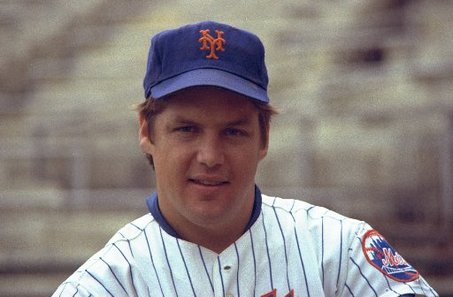When it all started for Tom Seaver.
In explaining part of the Mets’ problems over the years, consider they haven’t produced a Rookie of the Year in nearly three decades, which is a substantial drought.
(Sorry, but I can’t resist: Jason Bay won it while with Pittsburgh in 2004.)
The Mets have produced four Rookies of the Year: Dwight Gooden (1984), Darryl Strawberry (1983), Jon Matlack (1972) and Tom Seaver (1967).
All four played in a World Series for the Mets.
Seaver, of course, is the Crown Jewel of Mets rookies. After winning in 1967, Seaver went on to be a 12-time All-Star and three-time Cy Young Award winner.
Seaver is the lone Mets’ Hall of Famer and the only player to have his number retired by the team. In the karma that can only be the Mets, Seaver’s no-hitter and 300th career victory were achieved with other teams, Cincinnati and the Chicago White Sox.
Seaver remains an ambassador to the Mets and the most beloved player.
Seaver averaged 16 victories a season from 1967-1986. He ended his career with the Red Sox, but fate wasn’t too cruel to have him pitch against the Mets in the 1986 World Series.
Seaver won at least 20 games five times, three times led the National League in ERA, and finished his career at 311-205 with a 2.86 ERA.
Matlack was an underrated lefty, perhaps best known as the answer to the trivia question: Which pitcher gave up Roberto Clemente’s 3000th and final hit?
Matlack is one of those players who didn’t live up to the expectations, finishing his career at 125-126, but with a 3.18 ERA that indicates a general lack of support. He never became “the next Jerry Koosman.’’
Strawberry and Gooden personified the Mets in the 1980’s, a widely talented team that, like the two players, underperformed. Strawberry and Gooden were to dominate for years, win multiple World Series and individual awards and ride off into the Hall of Fame together.
Gooden finished at 194-11 and a 3.51 ERA, but after the 1986 World Series title, he spun out of control and tested positive for cocaine. He later developed shoulder problems, which some attribute to a heavy workload early in his career.
Labeled, “the next Ted Williams,’’ early in his career, Strawberry was one of the few players you had to stop and watch when he came to the plate. An eight-time All-Star, Strawberry was a lifetime .259 hitter with 335 homers and 1,000 RBI.
In addition to playing with the Mets and Yankees, Strawberry also played with the Dodgers and Giants, the other two teams with New York roots.
















